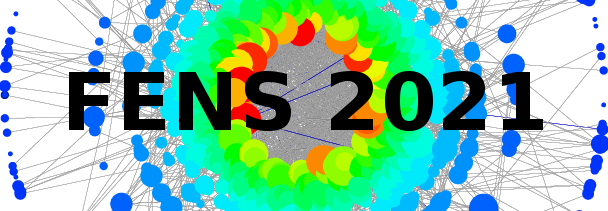Speaker
Description
Social stratification, the division of society into groups, can result from historical and social factors and reflect economic inequality. Ethnicity, gender, and race are examples of subgroups where people belonging to one can be privileged in terms of status, power, and wealth. In fact, in many societies, dominant classes are composed of many people associated with one group, and economic inequality might be related to this non-economical classification.
We study an agent model where pair of individuals can exchange wealth with no underlying lattice. The wealth, risk aversion factor, and group of the agents characterize their state. The wealth exchanged between two agents is calculated by a fair rule, where both agents put the same amount at stake, i.e., no agent can win more than he/she is willing to lose. We consider two subsystems; interaction between agents can be among members of the same group or with the other group with different probabilities. Each subsystem has different protections to the poor agent, whereas the intergroup exchanges obey an exclusive protection rule, which can be understood as a public policy to reduce inequality.
Our results show that the most protected group shows more accumulated wealth, less inequality, and its agents have more chances of economic mobility. Another significant result is that the agents on the less protected group transfer their wealth to agents of the other group on average. The amount transferred depends on the relation of group internal social protection and the probability of agents of different groups interact.

